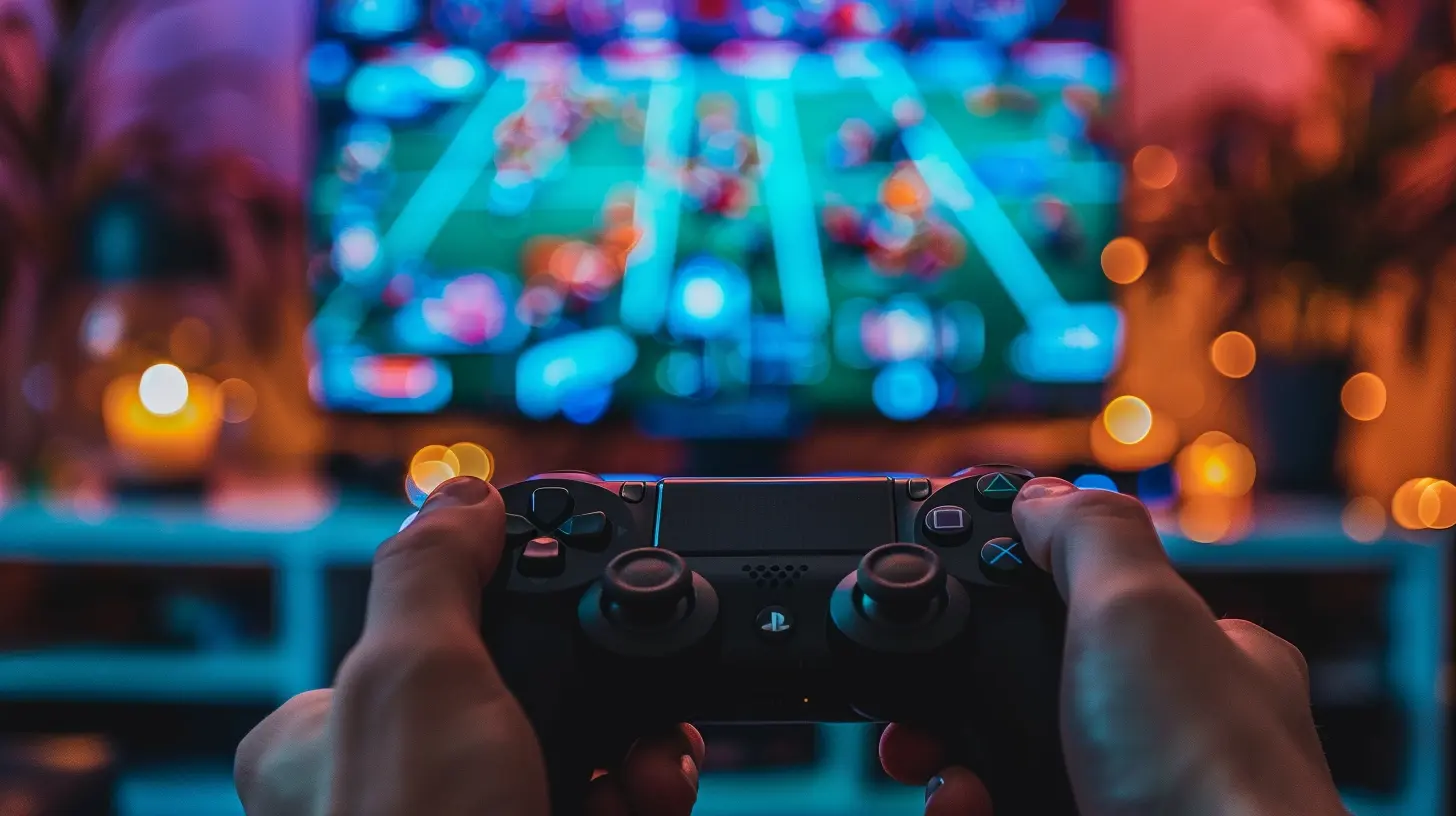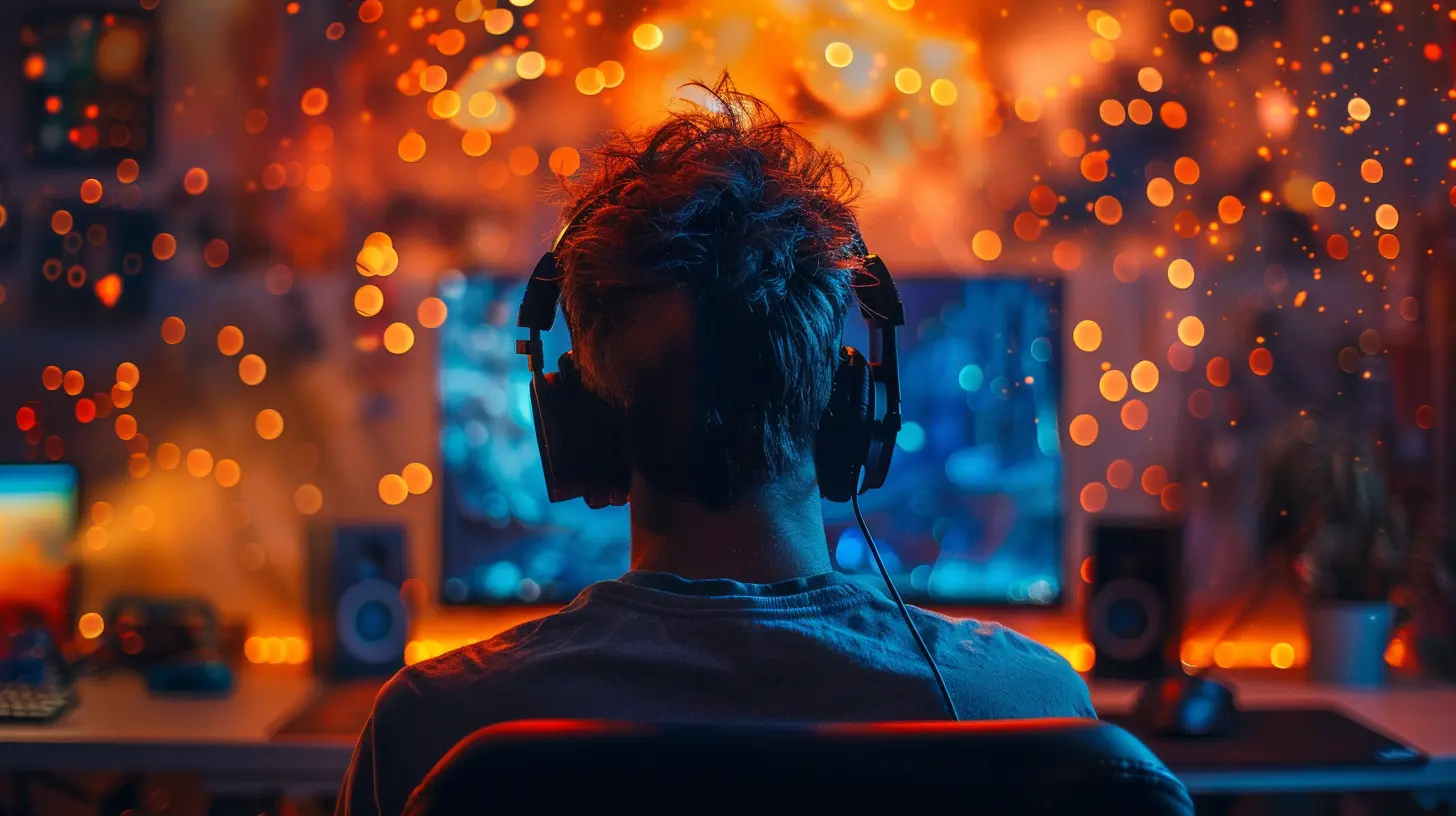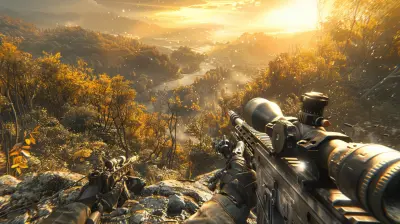How Game Influencers Influence Game Design
13 November 2025
Alright, let's be real for a second—you ever watched a popular Twitch streamer or YouTuber play a game and thought, “Wow, this is literally changing how I see this entire game”? Yeah, you’re not alone. And guess what? Game developers are noticing too. In fact, the way influencers interact with games doesn’t just change how we play them—it’s literally shaping how they’re made.
That’s right. Your fave game influencer isn’t just good for hype—many of them are acting like unofficial co-developers. Wild, right? So buckle up, because this isn’t just about shout-outs and playthroughs. We’re diving headfirst into how game influencers influence game design—like, for real.
🎮 Who Even Are Game Influencers, Anyway?
Before we get messy, let’s define our MVPs. Game influencers are gamers who’ve amassed loyal fanbases across platforms like Twitch, YouTube, TikTok, and even Twitter (yes, it’s still a thing). These people stream, review, joke, rage-quit, and deep-dive into games while thousands (sometimes millions) watch.They’ve got the power to make or break a game’s reputation. Why? Because audiences trust them more than they trust flashy trailers or PR buzzwords. They’re real, raw, and relatable—and developers are paying attention.
📢 From Hype Machines to Design Consultants
It’s Not Just About Selling Copies
Let’s bust a myth real quick. Influencers aren’t just there to “sell” games. They’re part of the creative loop now. Developers tune into their streams, stalk their tweets, and read viewer comments—all to see how their games are being actually received.If a streamer gets stuck on a puzzle for 20 minutes and their chat erupts in confusion, guess what? Developers notice. If a TikTok influencer posts a clip of a broken mechanic and it goes viral? That’s feedback in real-time, baby.
Developers Spy (In a Good Way)
Many devs watch influencers like they’re tuning into their own reality TV show. They want to see genuine reactions. Did the boss fight feel epic or like a homework assignment? Was the tutorial clear or a total disaster? Influencer content gives raw, unfiltered feedback—gold for any dev looking to improve.
🎯 The Power of First Impressions
The “Influencer Experience” Becomes the Blueprint
Nowadays, devs design parts of their games with influencers in mind. Sounds crazy? It’s not.Think about it: those jump-scare moments, rage-inducing difficulty spikes, or perfectly timed plot twists? Those are clip-bait. They’re built to go viral. Influencer-focused design revolves around creating moments that make great content, because what’s good for content is usually good for buzz.
Build to Be Watched, Not Just Played
A lot of modern games aren’t just built to be played. They’re built to be watched. Developers are thinking in 16:9, widescreen vision. A cinematic boss fight isn’t just epic—it looks amazing on a YouTube thumbnail. A quirky idle animation? Perfect for TikTok. Every little thing is potential influencer fuel.And let’s not ignore replayability. Why do so many games have chaotic sandbox modes or ridiculous customization features? Because influencers thrive on content variety. The more insane stuff they can do (or break), the more content they create.
🎯 Influencers as Guinea Pigs (the Fancy Kind)
Early Access = Real-Time Design Tweaks
Many influencers get their hands on early builds of games. And no, they’re not just flexing. This is strategic.Devs use early influencer access to collect data on what works, what sucks, and what straight-up needs deleting. If enough influencers complain about a clunky control system, devs may overhaul it before release. If an NPC becomes a fan-favorite meme, they might give them a bigger role.
Beta Testing With Benefits
Think of influencers as beta testers... with a megaphone. Their feedback gets instantly broadcast to large audiences—so when they point out a bug or design flaw, it becomes a public issue. That motivates dev teams to act fast. Nobody wants a trending hashtag calling their game “unplayable.”🧠 The Emotional Echo Chamber
Influencers Shape Player Emotions
Ever noticed how your reaction to a game changes based on how your favorite influencer feels about it? That’s not a coincidence.Influencers are emotional amplifiers. If they laugh, cry, rage, or geek out—you feel it too. And that ripple effect influences how devs think about storylines, character arcs, and even music. They want to craft moments that hit hard on stream, because if an influencer feels it, their audience will follow.
Storytelling With Streamers in Mind
Developers are now writing plots knowing they’ll be “performed” by influencers. Dialogue choices, moral decisions, endings—these aren’t just story mechanics; they’re potential reactions, memes, and debates waiting to happen.The more emotionally loaded or morally ambiguous a choice is, the more content it creates. It’s a win-win: good storytelling plus great influencer fodder.
🤑 Influence That Goes Beyond The Game
Merch, DLCs, and Crossovers—Oh My!
Influencers can breathe life into characters, even minor ones. A sidekick that trended for being hilariously useless? Boom. Now they’ve got merch and a cameo in the DLC.Sometimes, entire expansion packs are greenlit because influencers created unexpected demand. A stream highlights a throwaway line in the game? Suddenly, devs are exploring that backstory in future content.
Influencer Cameos Are a Thing Now
Ever played a game and thought, “Wait… was that so-and-so's voice?” Yup, sometimes influencers get invited directly into the game. Whether it’s as Easter eggs, full-blown NPC roles, or just goofy cosmetic packs—they’re becoming part of the very fabric of game worlds.And let’s be honest, it’s kinda iconic.
🚀 The Rise of Co-Creation
When Influencers Become Devs (Sorta)
Some influencers are moving from passive players to active creators. Not just mods or custom maps—we’re talking full-on collaboration with game studios.Games like “Among Us,” “Dead by Daylight,” and “Fortnite” have directly worked with influencers to design skins, modes, and even gameplay content. Why? Because influencers know what makes people tick. They live and breathe audience engagement.
Imagine: Game Devs and Streamers Teaming Up
We’re entering an era where influencer feedback isn’t “extra”—it’s expected. Some studios now build influencer advisory boards. Yup. Real developers are holding meetings with streamers to help guide design decisions.It’s like the old-school focus test, dialed up to 11 and lit on fire.
🧩 Does This Change Game Authenticity?
Now hold up—before you go thinking this is all about chasing clout and pandering, let’s keep it real. Not all influencer-driven changes are bad. If anything, they help bridge the gap between what devs think players want versus what players actually want.But yeah, there’s a dark side too. Sometimes, chasing viral moments means sacrificing core game mechanics or making watered-down experiences just for clicks. Balance is key, and the best devs know how to blend influencer appeal with innovative, deep gameplay.
🔮 The Future: Influencers As Industry Architects?
So where are we headed? It’s pretty clear: influencers aren’t fading out—they’re leveling up. Just like Hollywood recognized the power of TikTokers and YouTubers, the gaming industry is increasingly treating influencers as collaborators, not just marketers.Imagine full games co-developed with influencer teams, or real-time player-driven tweaks during development cycles. We’re already halfway there, and it’s only getting crazier.
🎤 Final Thoughts: The Mic Drop
Game influencers used to be the cool kids hyping up a game launch. Now, they’re sitting at the design table, shaping characters, mechanics, and storylines with the power of their content, charisma, and communities.Love it or hate it, you can’t ignore it.
If you’re a game dev, you better start watching those playthroughs with a notepad. And if you’re an influencer? Welcome to the big leagues. You’re no longer just a player—you’re part of the game-making machine.
Play your part wisely.
all images in this post were generated using AI tools
Category:
Game InfluencersAuthor:

Tina Fisher

